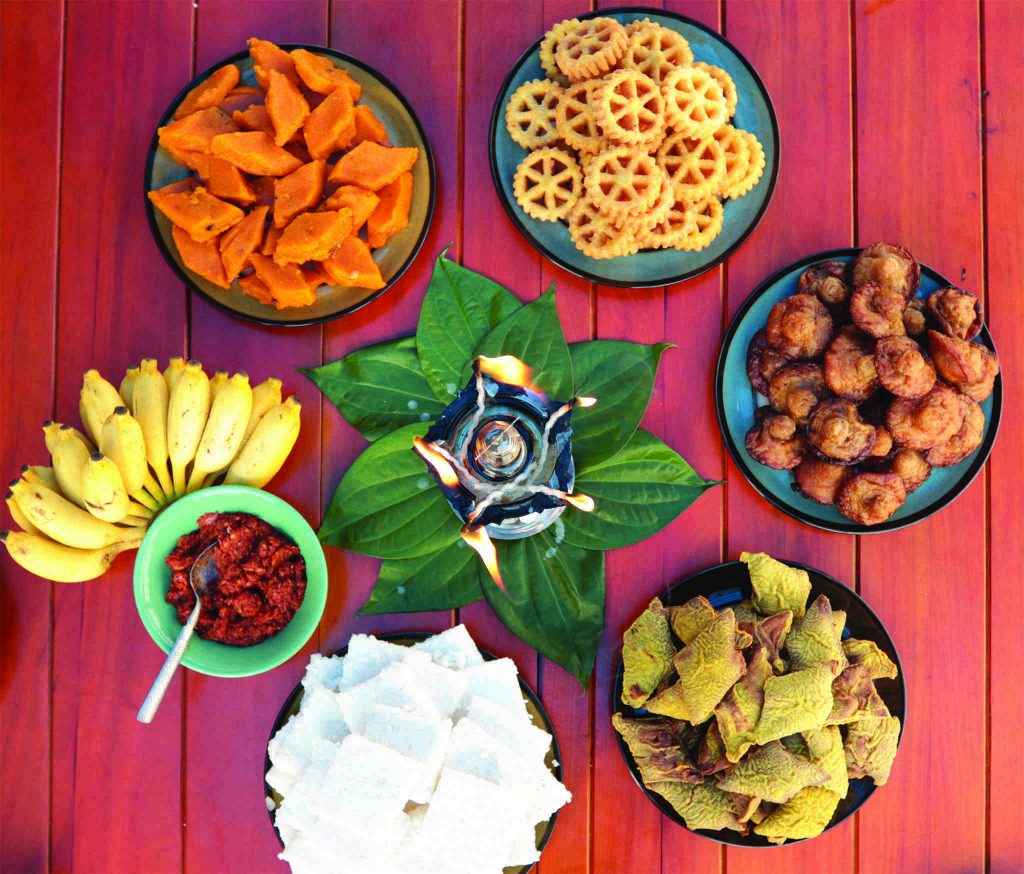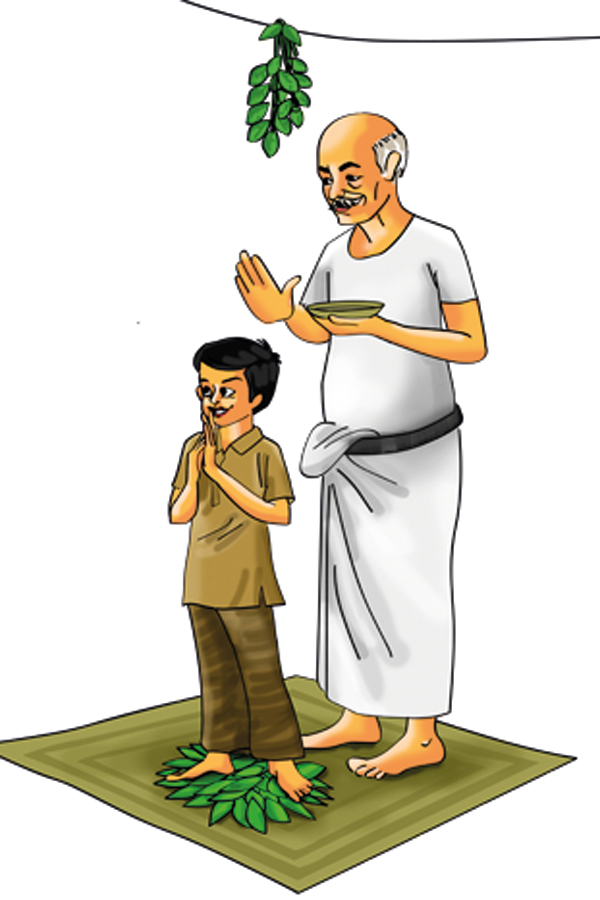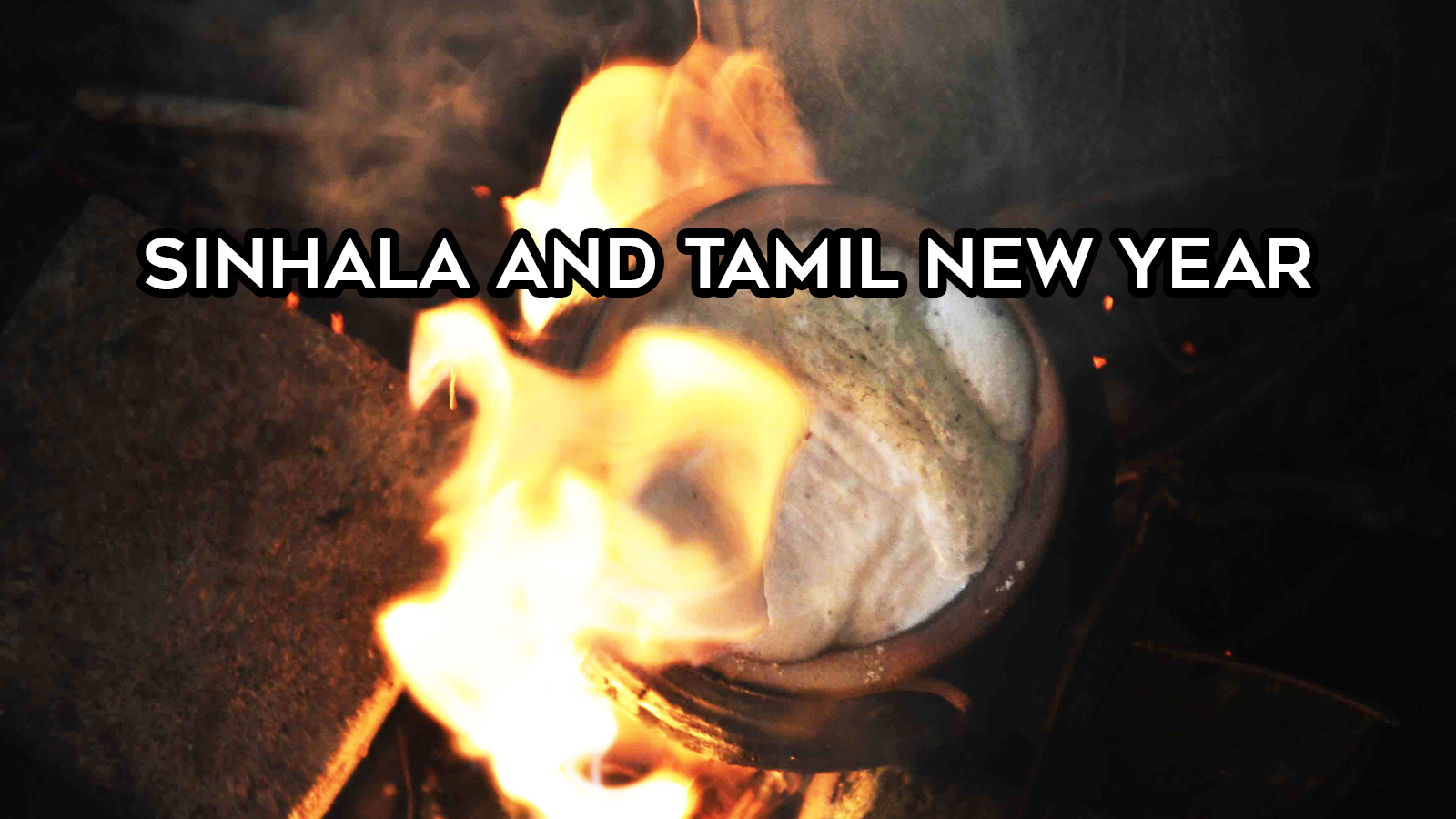The Sinhala and Tamil New Year (Aluth Avurudu in Sinhala) is a very important occasion for both Sinhala Buddhists and the Tamil Hindus of Sri Lanka. The uniqueness of this occasion is the celebration of the beginning of the New Year as well as the ending of the old year at the auspicious times stated by astrologers.
There is also a time period in between, which is called the ‘Nonagathaya’ (neutral period). During this transition time, the Sri Lankans are encouraged to refrain from routine actions and engage solely in religious activities. People stop all their day-to-day activities and visit the temple to accrue merit and get blessings from almighty.
Rituals begin with a bath on the last day of the old year and viewing the moon on the same night. People apply ‘nanu’ on their head and body before bathing. This is believed to have a purifying effect on the body and the soul.
The New Year is celebrated with boiling milk in a new clay pot, symbolizing prosperity as the milk spills over from all sides of the pot. After that, milk rice is cooked. A number of traditional Sinhala sweetmeats such as ‘Kokis‘, ‘Aasmee‘, ‘Kewum‘, ‘Aluwa‘ and ‘Weli Thalapa‘ are also prepared to serve near and dear ones.

At the temple, the villages gather to have anointed oil on their heads by the head priest. This ritual is also performed at their own homes, where the oldest family member anoints the herbal oil on the heads of other family members.

When departing for work people wait for the auspicious time to leave and begin their chores in the New Year with zeal and vigor.
Rtr. Amiteshwar Pratap Singh
